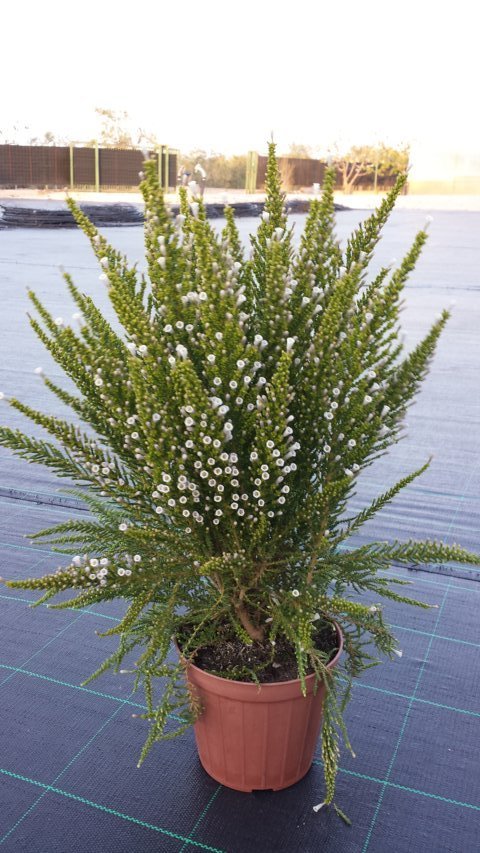Fabiana
(Fabiana)

Description
Fabiana is a genus of flowering plants in the nightshade family, native to dry slopes in western South America.They are evergreen shrubs or subshrubs, with needle-like leaves and profuse tiny tubular flowers in summer. The common name is false heath because the leaves superficially resemble those of the distantly related heaths. The species F. imbricata is cultivated as a common horticultural plant and a common herbarium specimen. Members of the genus grow within 16◦ and 51◦ latitude in the arid mountainous regions of South America between 1000–4900 m above sea level. The Fabiana genus has been studied by ethnopharmacologists due to the use of extracts from species within the genus in traditional South American medicine. The plants are employed as an antiseptic, anti-inflammatory (through infusions and decoctions), as well as to set broken bones using the resin exuding foliage and branches. European researchers have periodically studied the medicinal value of the plant since as early as 1877. A range of current studies have validated the diuretic and anti-inflammatory, and anti-oxidant for Fabiana species including F. imbricata F. patagonica, F. punnensis, F. densa, and particularly, F. bryoides, which also inhibited spontaneous mutanogenisis in the bacterium Salmonella typhimumrium by up to 50% with no impact on cell viability. The foliage of F. imbricata, specifically has been traditionally employed as a diueretic and digestive and has been proven to have a dose-dependent gastroprotective effect, in studies evaluating the main sesquiterpene of the foliage. Interest in F. imbricata has extended into the development of invitro culturing of the plant’s tissue for the harvesting of secondary metabolites for further research.
Taxonomic tree:







